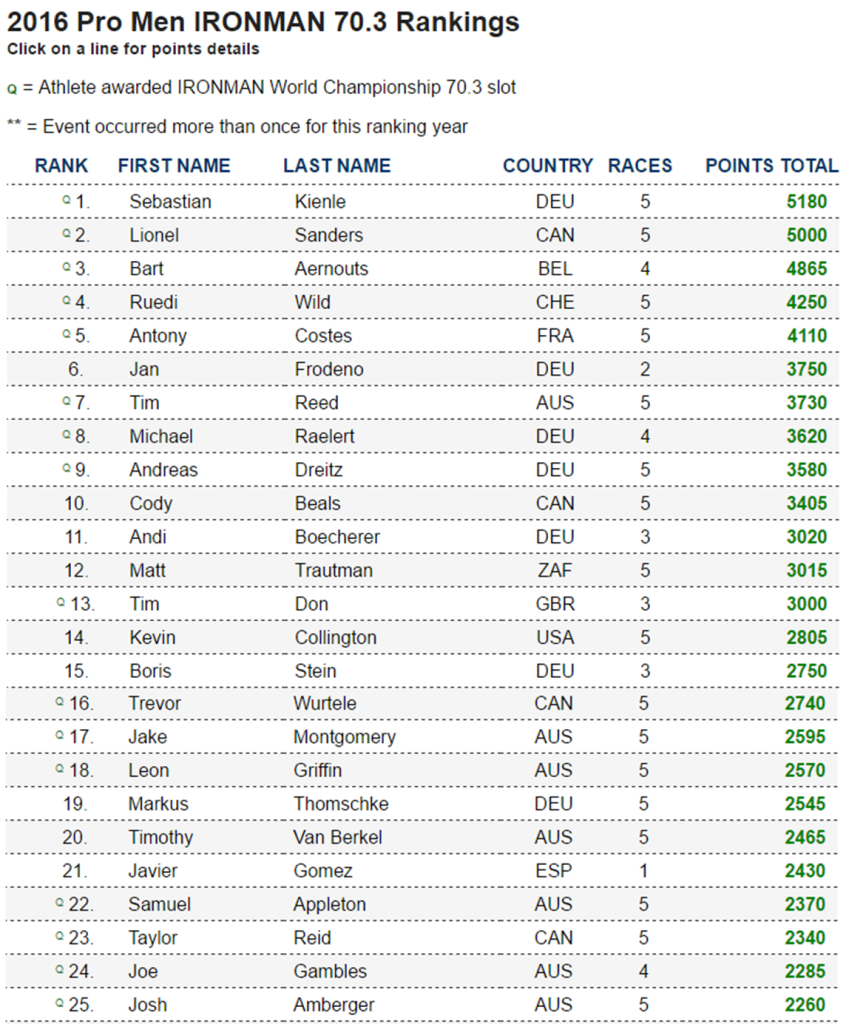A recent Slowtwitch forum discussion about the absence of many professional triathletes from the Ironman 70.3 World Championship this year got me thinking. Like more than a few other pros, I declined my slot for 70.3 Worlds in Mooloolaba, Australia in favour of focusing on another race—the ITU Long Distance World Championships in my case. Some would question this decision, especially in light of a top ten 70.3 ranking. This discussion touched on an interesting topic: why do pros choose the races they do? I view pro race selection as a complex optimization problem involving many variables such as income and exposure potential, timing, development experience, trip expenses, travel logistics, course characteristics in relation to strengths and weaknesses, familiarity with the course, sponsor influence, emotional factors and more. Let’s examine my decision to skip 70.3 Worlds as a case study to illustrate what a nuanced decision race selection can be for professional triathletes.

First, let’s look at it from a financial perspective. In keeping with the theme of openness and transparency on my blog, I’ll share some numbers. As of this year, I’m earning my living almost exclusively as a pro triathlete, having all but set aside an excellent science consulting job. As a half distance specialist, I’ll race 9 to 10 times this year. Virtually all my income comes from prize money and sponsor bonuses tied directly to race performance. Podiums and particularly wins at Ironman and Challenge events are disproportionately lucrative, regardless of the caliber of the race. For example, a little over half of the roughly $40k I’ve earned year-to-date (before tax and expenses) came from my wins at Ironman 70.3 Eagleman and Ecuador.
In order to comfortably make ends meet with hardly any hookers and blow a frugal lifestyle while setting aside some savings, I need to earn an average of CA$4-8k per race before tax and expenses, given 9 to 10 races per year. As an aside, the top end of that range is about half of the salary I would earn as a full time consultant, so I clearly haven’t chosen triathlon for the dough! Of those 9 to 10 races, I can afford to target 2 or 3 that are high risk, high reward. That is to say, races like Regional and World Championships where anything but a good to excellent day will mean little to no payout. These “risky” races can also provide exposure, networking opportunities, development experience and gratification that smaller races with weaker fields, less media attention and less prestige do not. The value of those non-financial benefits isn’t as easy to quantify.
Related: My Second Year Pro Triathlon Budget
My risky races this year were the Ironman 70.3 South American Championship in Brazil (where I finished 3rd for a solid payday), the 70.3 North American Championship in Utah (where I finished 7th, earning just $1.5k but some valuable lessons) and the ITU Long Distance World Championships coming up in September.
The remaining races need to be the moneymakers. These include most non-Championship Ironman 70.3 races, where my history predicts that I’ll likely crack the top five and make $3-12k with at least a decent performance.
The trip itself to 70.3 Worlds in Australia would barely cost me a cent. I could find a homestay and have the flights covered, thanks to the generosity of the triathlon community and some benefactors. A career best performance at 70.3 Worlds may put me in 6th to 10th place, netting me around around $5-8k. A good to mediocre day would likely see me finish 10th to 20th, falling outside of the prize money and sponsor bonuses after months of hard work.
The opportunity cost of 70.3 Worlds would be high. Setting myself up for my best possible race would require at least two months focused entirely on that race. Alternately, I could hit a couple “moneymaker” races instead, providing much more dependable income.
I consulted my sponsors on skipping 70.3 Worlds and thankfully all were content to leave the decision to me. Frankly, I’d be hesitant to work with sponsors that were overly pushy about my race schedule. It’s too fundamental to my bottom line and objectives to compromise on. The industry frenzy surrounding a race like 70.3 Worlds offers a chance to connect with new potential sponsors… if you’re willing to beat the pavement and brave the expo or other gatherings during race week.
Traveling to Australia across ten time zones is stressful and carries the risk of illness. On the other hand, ITU Worlds in Oklahoma is just a short flight from my home near Toronto, Ontario.
A comparison of the two courses suggests that ITU LD Worlds probably better suits my strengths than 70.3 Worlds. A possibly challenging ocean swim followed by a mostly flat, sheltered ride at 70.3 Worlds likely favors strong swim-runners with a large pack fighting it out in a footrace. Oklahoma features a windy, nontechnical ride and a hot run—characteristics that match most of my best races. The 4/120/30km format at ITU LD Worlds also marks the first time I’ve ventured beyond the half distance, serving as a stepping stone towards my eventual Ironman debut and long-term goals.
Finally, ITU LD Worlds is awkwardly timed between Ironman 70.3 Worlds and Kona (Ironman Worlds). Serious Kona contenders will almost certainly pass on ITU LD Worlds since it’s just two weeks before the Big Dance. While my handful of “risky” outings aren’t about cherry-picking weaker races, a depleted pro field at a World Championship presents a better opportunity for a breakthrough result.
This summarizes my current reality when it comes to race selection. I’d expect my perspective to evolve as I progress as an athlete and eventually procure sponsorship that is less dependent on performance. I’m drawn to the idea of chasing glory at big races and exploring my limits against the best in the world. If I were independently wealthy, that hunger would entirely dictate my race schedule. But such a quixotic pursuit needs to be tempered with some practicality in order to pay the bills.








